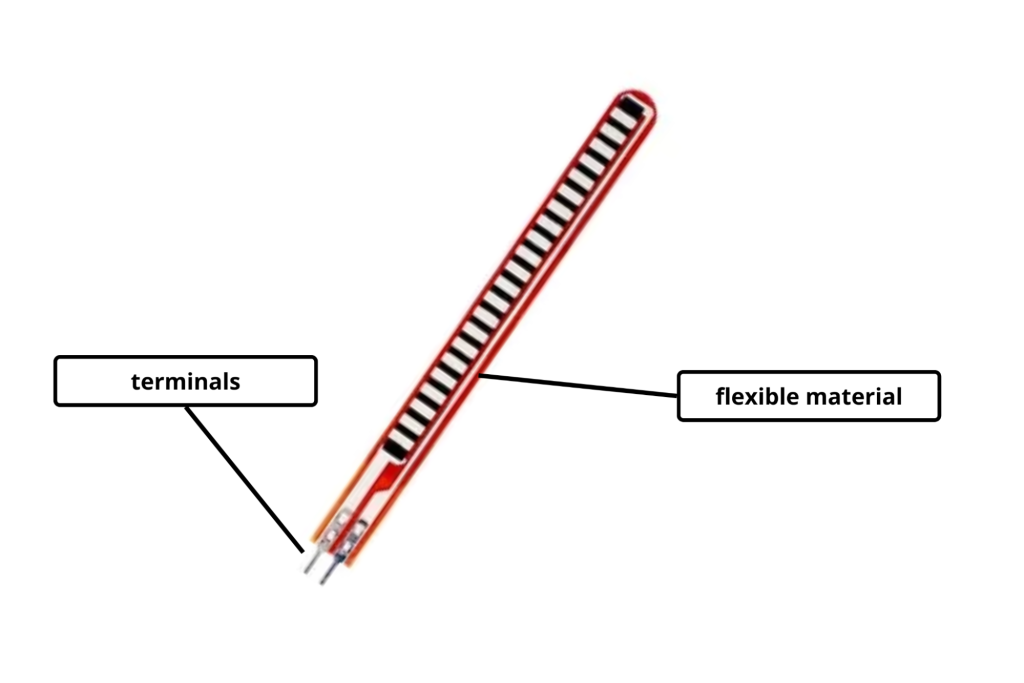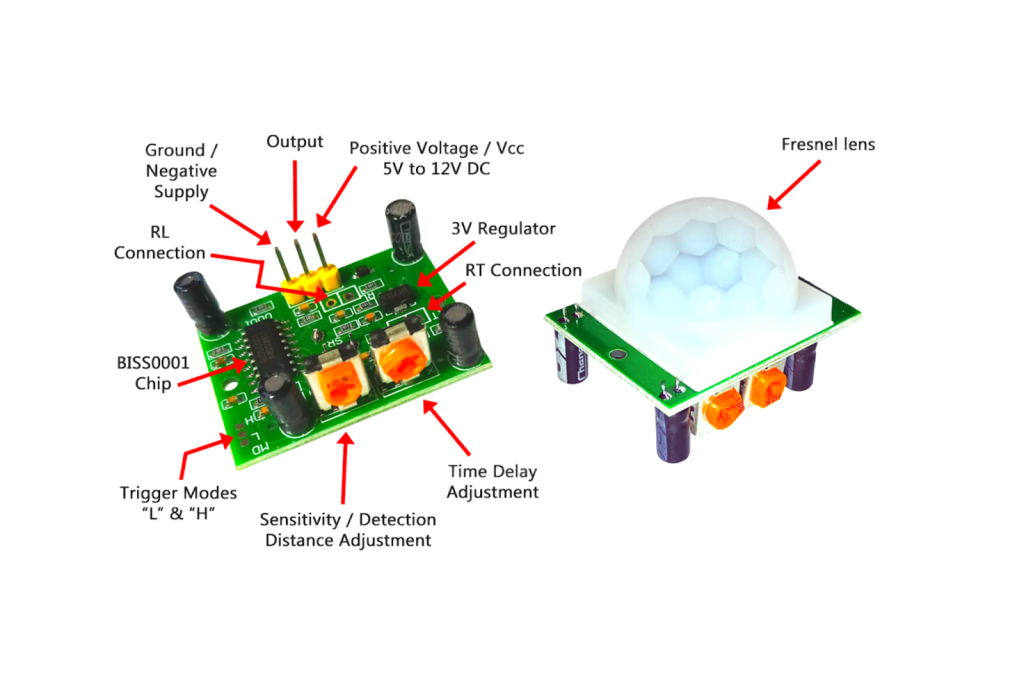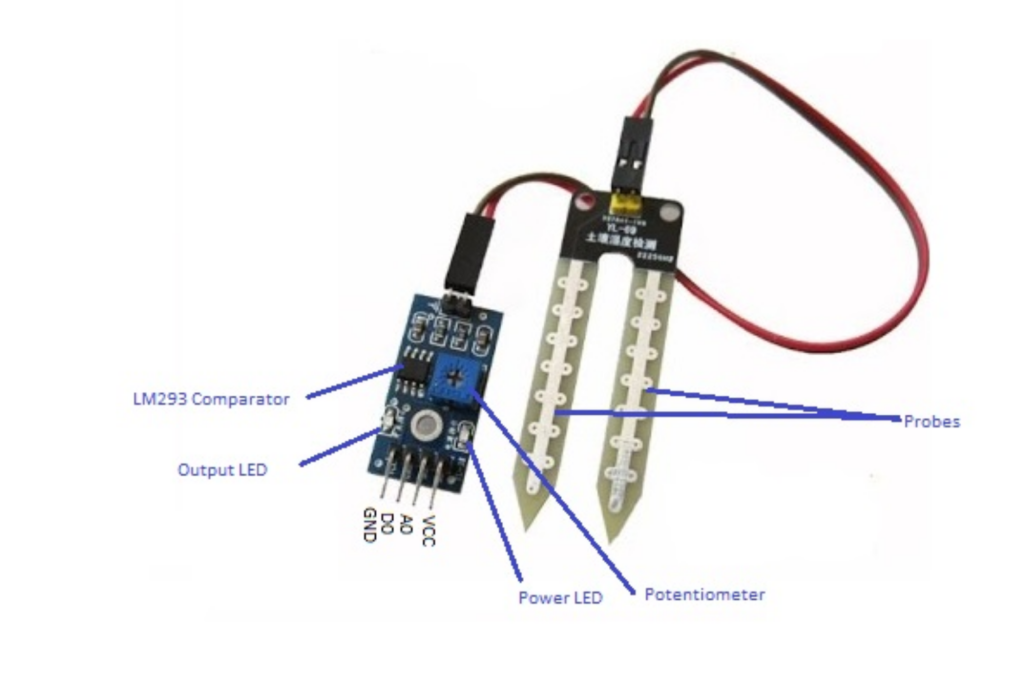
Joysticks are very often related with games, present on console controllers and used to manage players movements. But, in actuality, it’s used in a lot more places. Technically, a joystick is an input device consisting of a stick that pivots on a base and reports its angle or direction to the device it is controlling. The joystick is similar to two potentiometers connected together, one for the vertical movement (Y-axis) and other for the horizontal movement (X-axis).
Generally, a joystick module contains 5 pinouts. They’re as follows:-
1. GND: Ground terminal of Module
2. +5V: Positive supply terminal of Module
3. VRx: Voltage Proportional to X axis
4. VRy: Voltage Proportional to Y axis
5. SW; Switch
Internally, the arrangement of the circuit looks like the diagram below
How to use
Project Tutorial – (https://youtu.be/B6YEQj4d5WU)
YouTube Video
Common Applications
1. Game controllers
2. Robot Controllers
3. Drones
Some example projects that students can try out in the ATL Lab
1. Make a mouse for PC using a joystick ( )
Tutorial Linkht
2. Arduino Marble Maze Labyrinth –
https://www.hac3. Make a Laser Turret for Your Cat –
https://www.hackster.io/M
Safety Measures to follow
1. Don’t try to move it beyond its limit, by excessive force.
Important Links
1. How Joysticks work –
https://www.youtube.com/watch?v=fscAiGjnFdw
2. Connecting a joystick module with arduino uno ()
YouTube Videohttps://youtu.be/MlDi0vO9Evg3. Evolution of controllers –
https://www.youtube.com/watch?v=1IInp7GscSI



